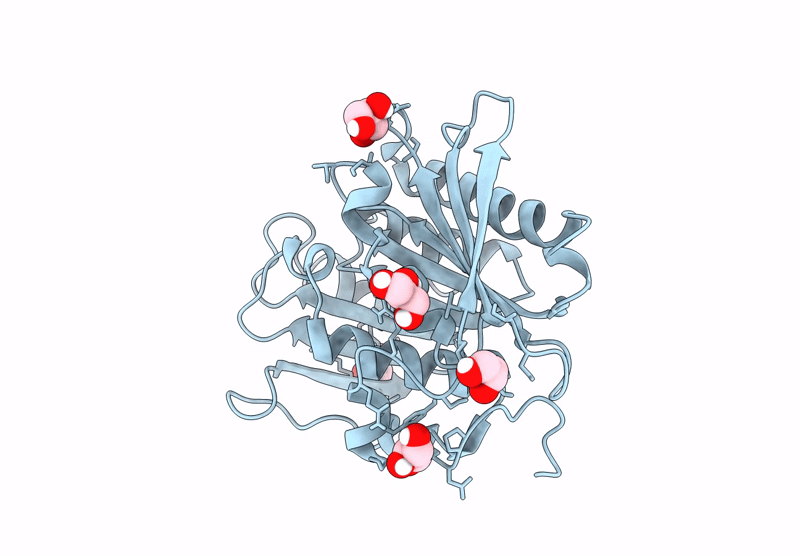
Deposition Date
2025-01-09
Release Date
2025-11-19
Last Version Date
2025-11-19
Entry Detail
Biological Source:
Source Organism:
Streptomyces sp. SM14 (Taxon ID: 1736045)
Host Organism:
Method Details:
Experimental Method:
Resolution:
1.43 Å
R-Value Free:
0.20
R-Value Work:
0.13
Space Group:
P 61


